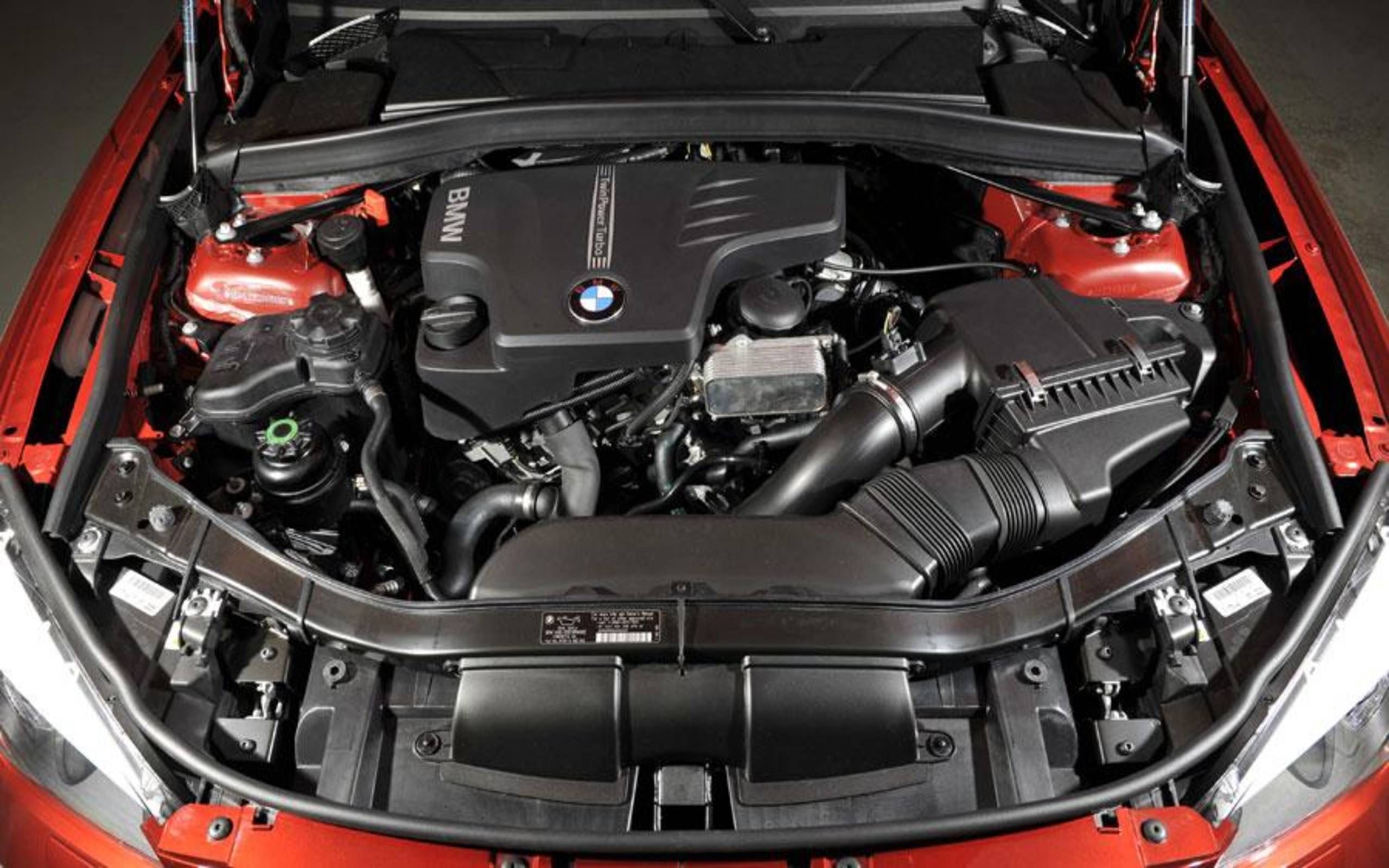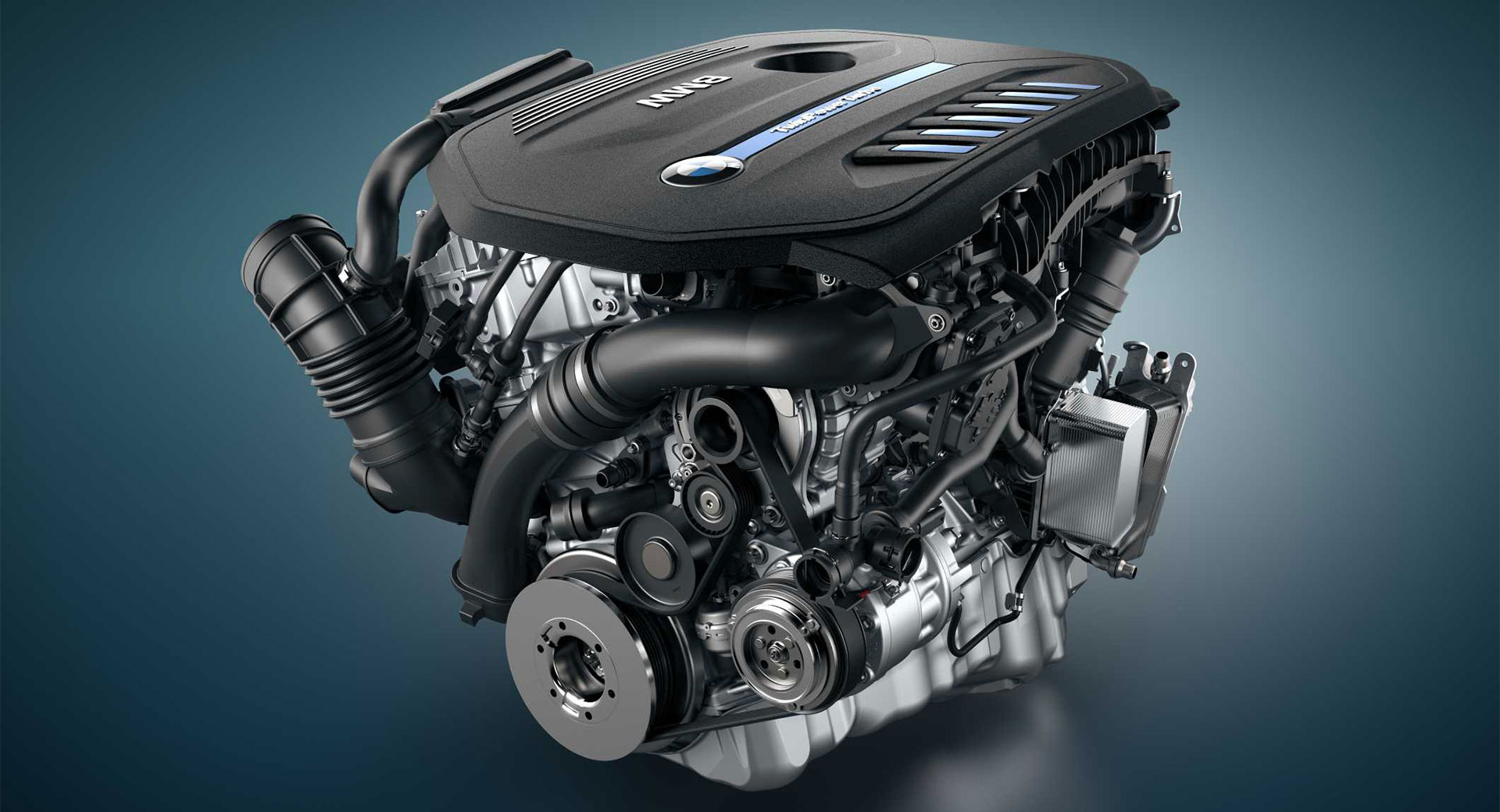Discovering the Evolution of Combustion Engines in Modern Transport Equipments
As we browse the landscape of contemporary transportation, the evolution of burning engines stands as a testimony to human ingenuity and engineering expertise. The interplay of background, innovation, and environmental concerns in forming the trajectory of combustion engines develops a story that is both compelling and insightful.
Very Early Beginnings of Combustion Engines
Exactly how did the concept of burning engines initial arise in the beginning of transportation advancement? When the concepts of internal burning were first discovered, the roots of burning engines can be traced back to the 17th century. In 1673, Christian Huygens conceived a fundamental internal burning engine that used gunpowder to produce power. It had not been until the late 19th century that functional applications of combustion engines in transportation started to emerge.
The development minute came with the creation of the initial successful gasoline-powered engine by Karl Benz in 1885 - bmw engine. This engine paved the means for the development of the modern car, changing transport systems worldwide. Subsequent developments by Nikolaus Otto and Gottlieb Daimler further improved burning engine innovation, bring about the automation of vehicles and the rapid growth of the transport market
These early combustion engines were characterized by their simplicity and efficiency, laying the foundation for the complex and powerful engines utilized in contemporary transportation systems. The evolution of burning engines has actually been critical fit the method we take a trip and move goods, marking a considerable turning point in the history of transportation growth.
Transition to Internal Combustion Innovation
The change to inner burning innovation marked a pivotal change in the development of transportation systems. This shift started in the late 19th century, with innovators like Nikolaus Otto and Gottlieb Daimler establishing the initial effective interior combustion engines. These engines changed transport by providing a more effective and effective choice to steam engines and electric motors.
Among the crucial advantages of inner combustion engines was their capacity to be reduced to match lorries, causing the development of motorcycles and autos. This shift from cumbersome, stationary engines to portable, mobile ones paved the means for the modern-day transportation systems we see today.
The change to internal burning innovation additionally spurred innovations in fuel modern technology, resulting in the growth of gasoline and diesel as main fuel resources for vehicles. This shift not just made transportation a lot more accessible to the masses however also laid the foundation for the oil and gas sector to come to be essential to international economies.
Effect of Combustion Engines on Transportation
The adoption of burning engines in transport systems catalyzed a profound change in the efficiency and speed of international mobility. Combustion engines changed transportation by offering a trusted and versatile resource of power for different lorries, including automobiles, aircrafts, ships, and trucks. This development substantially improved the ability for items and individuals to relocate over fars away in much shorter period, resulting in enhanced connectivity between regions and nations.
Additionally, bmw engine the widespread use combustion engines has had a considerable influence on economic growth. The ability to carry goods effectively has spurred trade and commerce, permitting businesses to increase their markets and get to customers worldwide. This has promoted financial development and globalization, as products can now be transferred faster and in bigger amounts than in the past.
Nevertheless, the environmental impact of burning engines can not be overlooked. The burning of nonrenewable fuel sources has led to air contamination and greenhouse gas exhausts, adding to climate adjustment and presenting health and wellness risks to populaces. bmw engine. Therefore, there is a growing emphasis on establishing alternative propulsion modern technologies to alleviate these unfavorable effects and develop a much more lasting future for transportation
Advancements in Combustion Engine Layout
One notable innovation is the development of turbocharged engines, which use exhaust gases to drive a turbine that presses incoming air, allowing for more fuel to be burnt, resulting in increased power result without a substantial rise in engine dimension. Variable valve timing systems have also revolutionized engine design by optimizing airflow at various engine rates, improving both power and More Bonuses efficiency. These innovations official site collectively add to the constant improvement of combustion engines in contemporary transportation systems.
Future Trends in Burning Engine Advancement
With innovation developments driving continuous technology, the future of combustion engine development is positioned to reinvent transport systems around the world. One of the key fads in combustion engine advancement is the press towards better effectiveness and decreased discharges. Producers are investing greatly in r & d to improve engine performance while satisfying stringent ecological policies. This consists of the integration of advanced fuel injection systems, enhanced turbocharging methods, and using lightweight products to maximize fuel intake and decrease carbon exhausts.
Another prominent pattern is the adoption of hybrid innovations in combustion engines. Hybrid engines integrate standard combustion modern technology with electrical power, providing enhanced gas effectiveness and lower discharges. As the automobile market changes in the direction of electrification, crossbreed burning engines are viewed as a transitional solution that bridges the space between conventional lorries and fully electrical ones.
Furthermore, the integration of smart technologies, such as fabricated knowledge and data analytics, is anticipated to play a considerable role in the future of combustion engine growth. These technologies can optimize engine performance in real-time, causing extra efficient burning procedures and boosted general lorry efficiency. Accepting these future patterns will certainly not just drive innovation in combustion engine development but additionally add to an extra environmentally friendly and lasting transport community.

Conclusion
In final thought, the advancement of combustion engines in modern transportation systems has actually been marked by substantial innovations in innovation and design. From the early starts of combustion engines to the shift to interior burning technology, these engines have actually had a profound influence on transportation. Innovations in burning engine style proceed to drive progress in this area, with future patterns concentrating on further boosting effectiveness and reducing discharges. The future of burning engines in transportation looks encouraging as study and development efforts remain to press borders.
The origins of combustion engines can be traced back to the 17th century when the principles of internal combustion were first discovered. These engines transformed transportation by supplying an extra reliable and effective option to steam engines and electrical motors.
